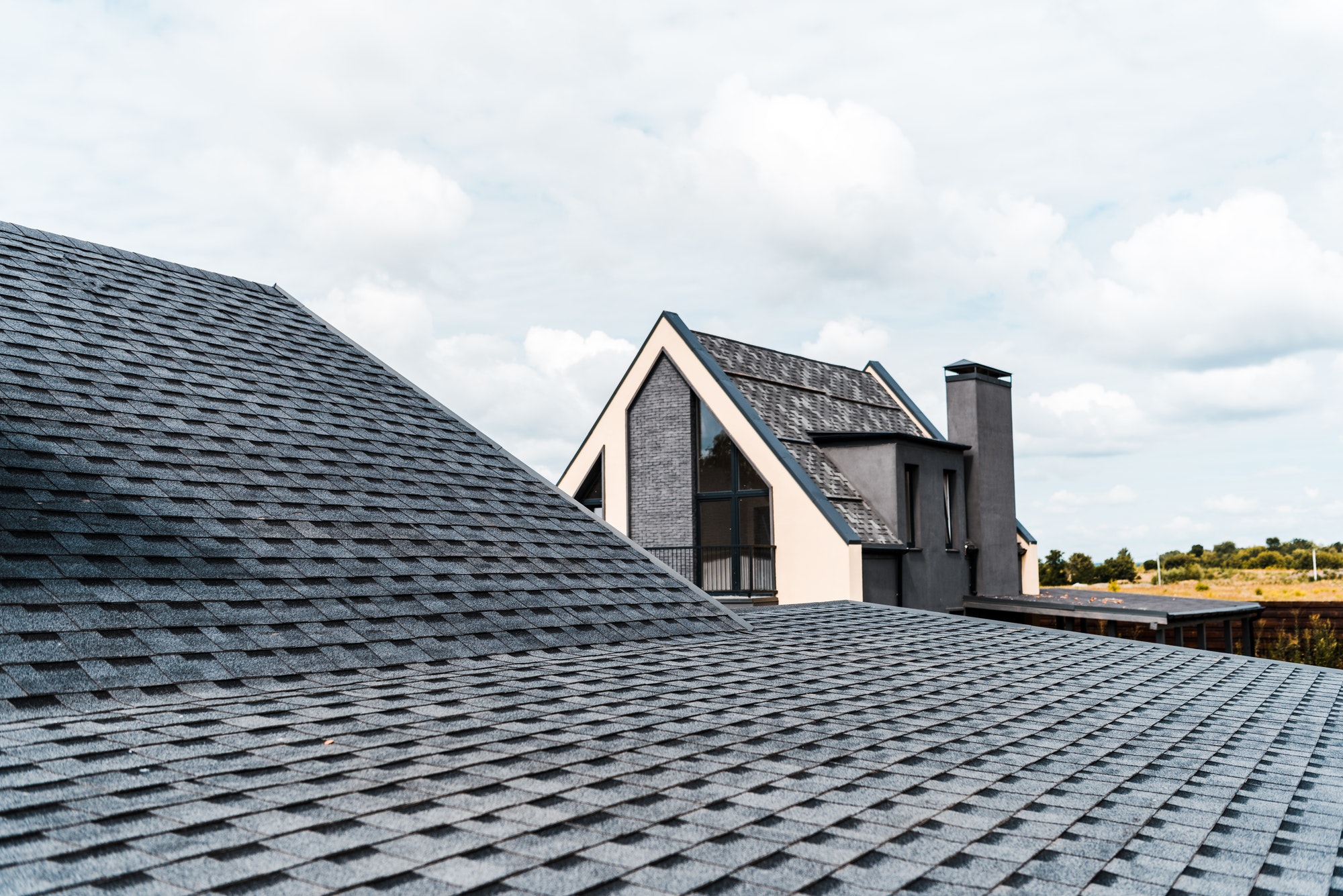Why Is My Pool Water Cloudy?
Before jumping into the solutions, it’s important to understand what causes cloudy pool water. Cloudiness occurs when microscopic particles, such as dirt, debris, or algae, are suspended in the water. These particles are too small to be filtered out by your pool’s filtration system, leading to a hazy, murky appearance. Here are the most common causes of cloudy pool water:
1. Imbalanced Water Chemistry
The most frequent cause of cloudy pool water is an imbalance in the water chemistry. The pH, alkalinity, and chlorine levels must be within the recommended range to ensure proper sanitisation and water clarity. If any of these levels are too high or too low, it can cause the water to appear cloudy.
- pH Levels: The pH of your pool water should be between 7.2 and 7.8. If the pH is too high (alkaline), it can lead to cloudy water because calcium carbonate can form, precipitating out and making the water appear murky.
- Chlorine Levels: Chlorine is essential for sanitising the pool, but if levels are too low, bacteria and algae can thrive, causing cloudiness. On the other hand, excessively high chlorine levels can irritate the eyes and skin and affect water clarity.
- Alkalinity: Total alkalinity should be between 80-120 ppm (parts per million). When it is too high, it can affect pH stability, and when it’s too low, it can lead to water instability and cloudy conditions.
2. Filtration Problems
Your pool’s filter is responsible for removing dirt, debris, and fine particles from the water. If the filter is not functioning properly, it won’t be able to keep the water clear.
- Clogged or Dirty Filter: Over time, your pool filter can become clogged with debris, which will reduce its efficiency. A clogged filter won’t be able to trap smaller particles, leading to cloudy water.
- Incorrect Filtration Time: If your pool’s filtration system is not running for long enough, it may not be able to circulate the water thoroughly, leaving behind small particles that contribute to the cloudiness.
3. Algae Growth
Algae can thrive in pools with improper sanitisation or filtration. Algae spores are often present in the water and, if left unchecked, can multiply rapidly, causing a green or cloudy appearance in the pool. Algae are particularly problematic in warm weather, as they thrive in sunlight and warm temperatures.
There are different types of algae, including green, yellow, and black algae, and each type requires specific treatment.
4. Debris in the Pool
Leaves, twigs, dust, and other debris can fall into your pool, especially during windy or stormy weather. While large debris can be easily removed with a net, smaller particles can remain suspended in the water, contributing to cloudiness. Even with a pool cover, debris can still accumulate, especially if your filter is not cleaning the water adequately.
Solutions to Clear Cloudy Pool Water
Now that you know the common causes of cloudy pool water, let’s look at the practical solutions you can implement to fix the problem.
1. Test and Balance the Water Chemistry
Start by testing your pool water to check the levels of pH, alkalinity, and chlorine. You can use a pool test kit or take a water sample to your local pool store for testing. Once you have the results, adjust the levels as needed:
- pH: If your pH is too high, lower it with a pH decreaser. If it’s too low, raise it with a pH increaser.
- Chlorine: If your chlorine levels are low, add more chlorine to sanitise the water. If they are too high, allow the chlorine level to drop before swimming.
- Alkalinity: Adjust the alkalinity using either a pH increaser or reducer.
2. Clean and Maintain the Filter
Your pool filter plays a crucial role in keeping your water clean. If the filter is clogged or dirty, it won’t be able to remove particles from the water effectively. Clean or backwash the filter according to the manufacturer’s recommendations.
- Cartridge Filter: Remove and rinse the cartridges thoroughly with a hose to remove debris.
- Sand Filter: Backwash the filter to flush out the debris that has accumulated in the sand.
- Diatomaceous Earth (DE) Filter: Clean the DE grids and replace the DE powder as necessary.
Also, ensure your filtration system is running for the correct amount of time—usually around 8-12 hours per day during peak usage.
3. Algae Treatment
If algae are the culprit behind the cloudiness, it’s essential to treat the pool with an algaecide that is suitable for the type of algae in your pool. For green algae, a standard algaecide will often do the trick, but for yellow or black algae, more specialised treatments are required.
After applying the algaecide, brush the pool walls and floor to loosen any algae that may be stuck to surfaces. Then, vacuum the pool to remove debris and dead algae. Run the filter continuously until the water clears up.
4. Remove Debris
Regular cleaning is crucial in preventing debris buildup. Use a skimmer net to remove leaves, insects, and other large particles from the surface of the water. Additionally, vacuum the pool regularly to remove fine debris from the bottom of the pool. If necessary, use a pool cover to keep debris out of the pool when it’s not in use.
5. Proper Chemical Application
To prevent cloudy water from chemical overuse, always follow the manufacturer’s instructions when adding chemicals to your pool. If you need to shock the pool, only do so when necessary and avoid over-shocking, as this can lead to chemical imbalances and excess particles in the water.
6. Use a Pool Clarifier
If your pool water is still cloudy despite addressing the above issues, a pool clarifier can help. Pool clarifiers bind together small particles, making them large enough for the filter to capture. It’s an effective solution when your filtration system is unable to remove very fine particles.
Conclusion
Cloudy pool water is a common issue, but with the right approach, you can troubleshoot the problem and restore your pool to clear, sparkling water. By testing and balancing the water chemistry, maintaining your filtration system, treating algae, and removing debris, you can keep your pool in top shape all year round. Regular maintenance is the key to preventing cloudy water and ensuring a safe and enjoyable swimming experience for everyone. Visit the blog to learn more.
Discover more from Futurist Architecture
Subscribe to get the latest posts sent to your email.



